Author: MushroomPicker
-

Chemical Tests for Mushrooms Identification
Test liquids can be a crucial tool to distinguish between a safe meal and a toxic mistake. With just a drop of liquid, you can navigate the uncertainties of foraging. Understanding how these liquids work and their subtle differences can significantly impact your hunting experience. Let’s uncover the secrets of these test liquids and how…
-
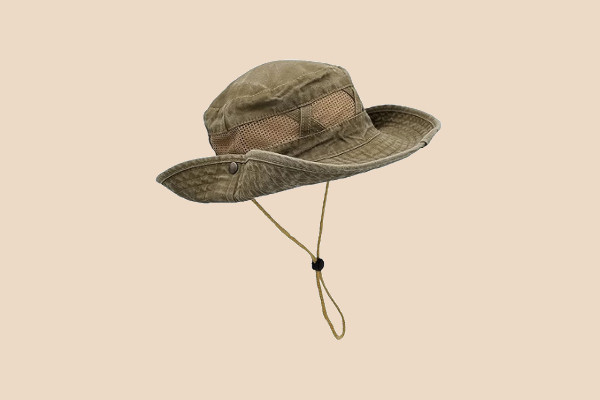
Mushroom Hunting Hat
A mushroom hunting hat is an important accessory for foragers, offering protection and practicality in the field. It shields the wearer from sun exposure and rain, ensuring comfort during long foraging trips. A well-designed hat can also enhance visibility, helping foragers spot mushrooms more easily in dense underbrush. While exploring nature’s bounty, safety remains a…
-
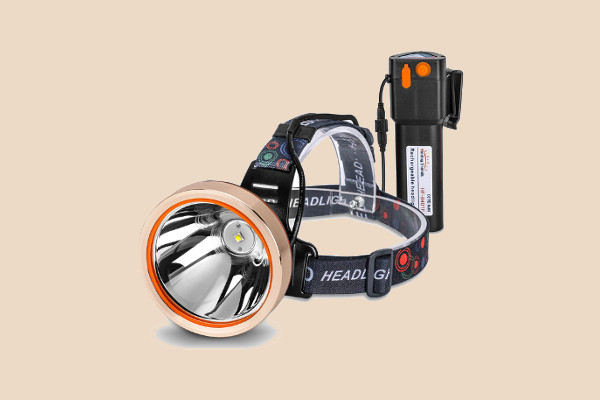
Headlamp for Mushroom Hunting
Ever wondered about the benefits of using a headlamp for mushroom hunting? The soft glow of the light can help you uncover hidden treasures in the forest at night. Explore how a headlamp can illuminate your path and enhance your mushroom hunting experience. Benefits of Using a Headlamp during Fungi Foraging Using a headlamp while…
-
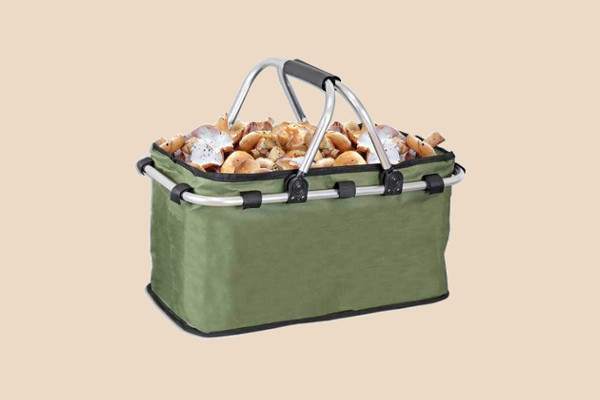
Types of Mushroom Hunting Baskets
Venturing into the woods in search of nature’s treasures requires the right container for your finds. From traditional woven baskets to collapsible silicone options, mushroom hunting baskets come in various styles to suit different preferences. Each type offers unique features to enhance your foraging experience and maximize your harvest potential. Explore the available options to…
-
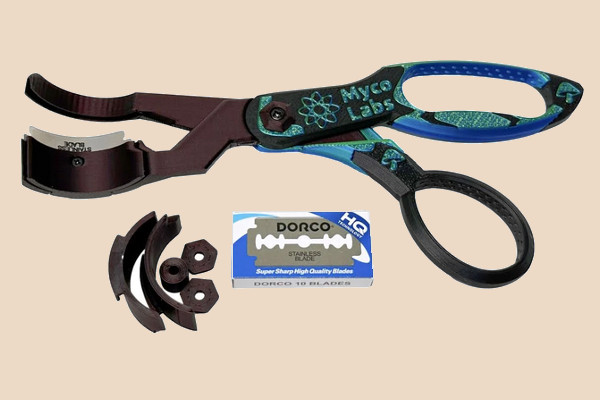
Mushroom Harvesting Scissors
Imagine the peaceful woods, with sunlight filtering through the canopy and the earthy scent of damp soil as you tread lightly on the forest floor. Suddenly, you spot delicate mushrooms peeking out from beneath fallen leaves. How can you best harvest these treasures without damaging them? Mushroom hunting scissors offer a precise and gentle way…
-
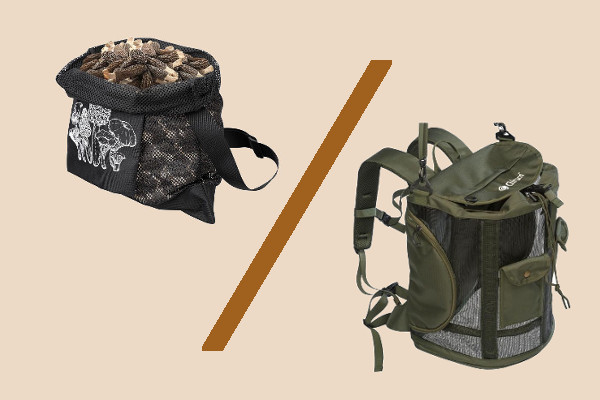
Mushroom Hunting Bags vs Backpacks
The distinction between a hunting bag and a hunting backpack can significantly impact your foraging experience. Picture the convenience and functionality each provides while exploring the forest for those elusive fungi. Whether you value comfort, storage capacity, durability, mobility, or budget, both options have their own pros and cons that can affect your mushroom hunting…
-
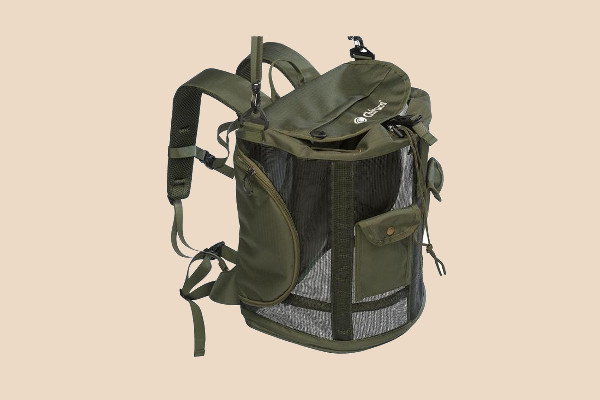
Mushroom Hunting Backpack
As you set sail into the forest’s green sea, your mushroom hunting backpack is your trusty vessel, carrying you towards a bounty of hidden fungal treasures. It’s your silent partner in the pursuit of freedom that comes from wandering untamed paths and discovering nature’s delicacies. This backpack’s tailored design ensures you’ve got everything you need…
-
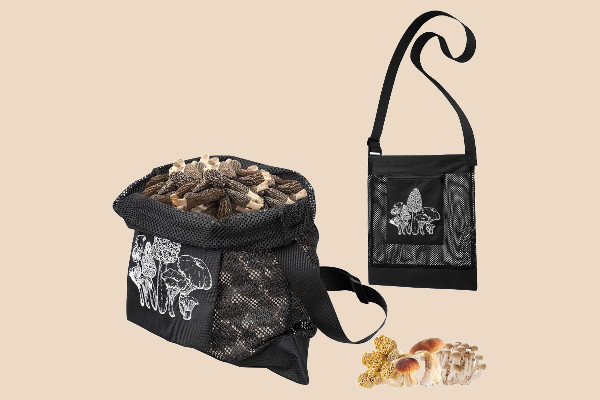
Mushroom Hunting Bag
Imagine your mushroom hunting bag as a reliable companion during a forest expedition, quietly carrying the treasures you discover along the way. The right bag can greatly enhance your foraging experience, ensuring you are well-prepared for whatever nature offers. Let’s explore the key qualities that make a bag an essential tool for mushroom enthusiasts. Recommended…
-
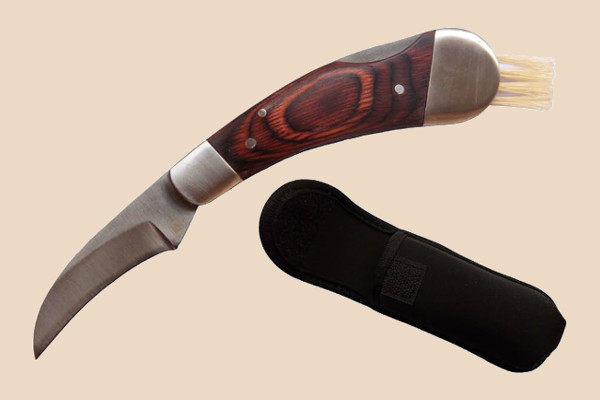
Knife for Mushroom Hunting – Types of Mushroom Foraging Knives
As a gardener relies on a trowel, a mushroom hunter’s blade is essential for successful foraging. The type of knife you carry can make all the difference in your harvest as you navigate the forest in search of elusive mushrooms. Each aspect of the knife, from specialized blade shapes to ergonomic handle materials, plays a…
-
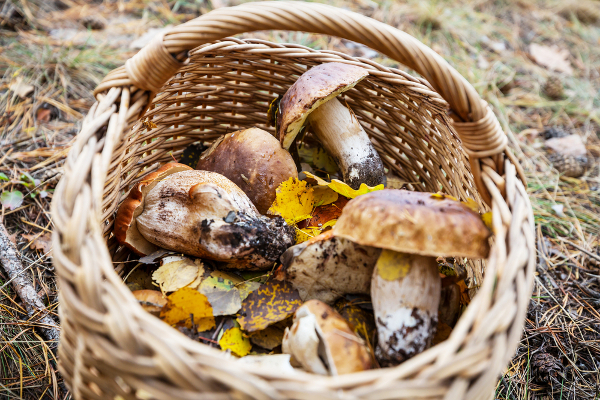
How to Mushroom Hunt?
Mushroom hunting may seem overwhelming at first, given the variety of species and potential risks involved. However, with the right knowledge and precautions, it can be a rewarding experience. Picture yourself wandering through the forest, discovering unique fungi hidden among the foliage, each with its own distinct characteristics and flavors. Before you start your mushroom…
-
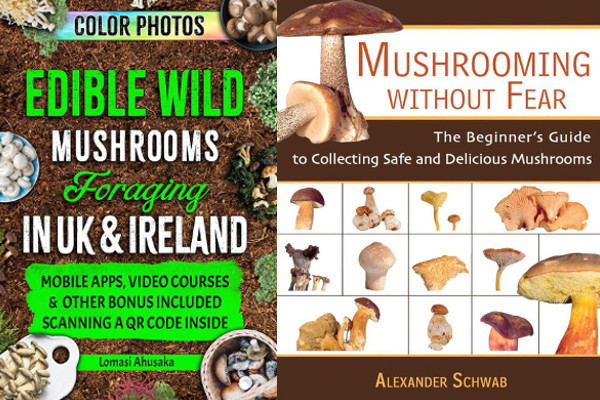
Best Mushroom Foraging Books
Interested in improving your mushroom foraging skills but unsure where to start? With a variety of mushroom foraging books available, it can be overwhelming to know which ones are best suited for your needs. Here are top-rated books that cater to both beginners and seasoned foragers. Best Books for Beginner Foragers These picks will help…
-
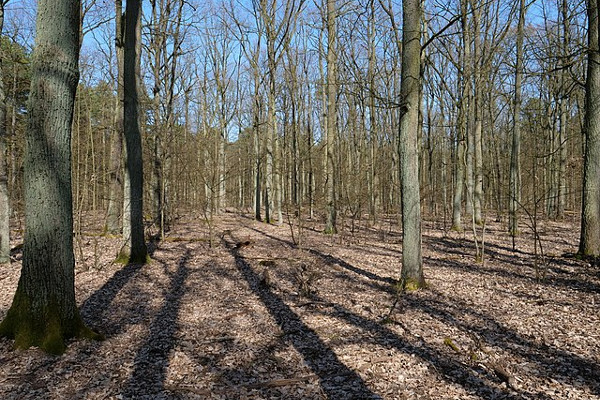
What Trees to look for when Mushroom Hunting?
Successful mushroom hunting relies heavily on understanding the intricate relationships between fungi and their host trees. While many foragers focus solely on identifying mushrooms, the true key to consistent finds lies in recognizing the right trees and their conditions. From the mighty oak harboring prized hen of the woods to dying elms attracting coveted morels,…
-

Best Dogs for Mushroom Hunting
If you’re in search of a dog to help you hunt for mushrooms, think of the best dog as a reliable sidekick, much like a seasoned guide on a mountain expedition. The breed you choose can greatly impact the success of your foraging adventures. Each dog breed brings its unique set of skills and characteristics…
-
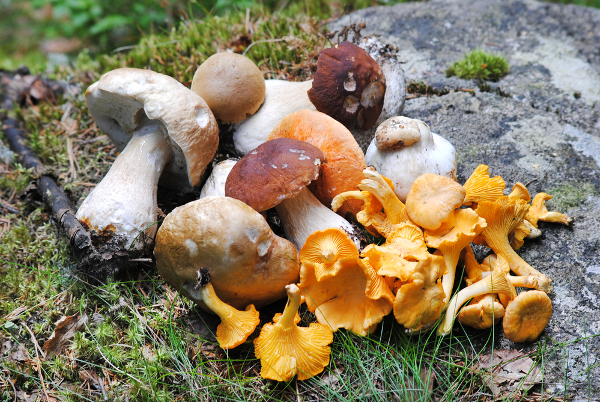
What to Bring Mushroom Hunting? – Checklist
For both novice and experienced foragers, the success of a mushroom hunting expedition often hinges on proper preparation and equipment. While the thrill of finding wild fungi might tempt some to venture out with just a basket in hand, the reality demands a more methodical approach. From crucial identification guides to specialized tools and safety…
-
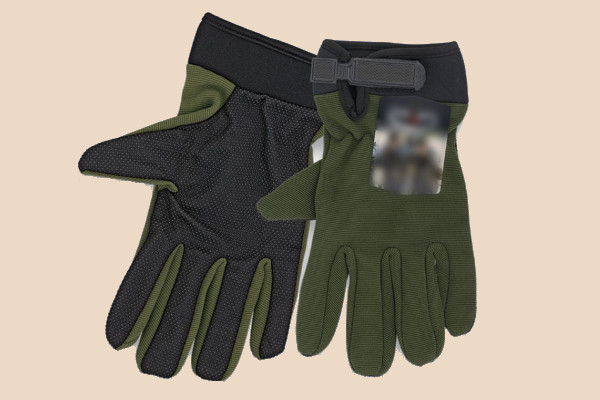
Mushroom Hunting Gloves
When venturing into the woods for mushroom hunting, having the right gloves is essential for a comfortable and enjoyable foraging experience. Finding the perfect pair of gloves can greatly enhance your time spent in nature, providing protection and ease of movement as you search for mushrooms. Consider the materials and key features that make these…
-
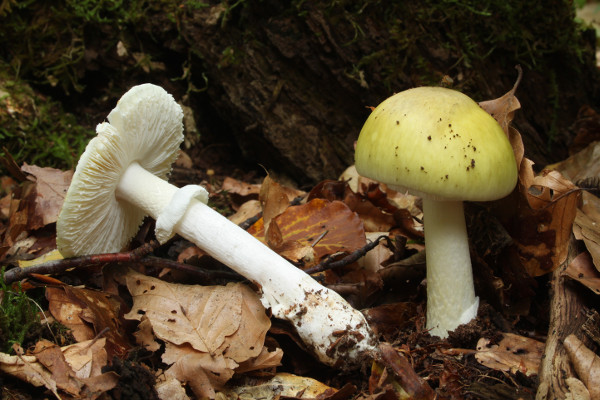
Is Mushroom Foraging Safe?
Mushroom foraging presents an intriguing paradox: it can be both perfectly safe and potentially lethal. While experienced foragers confidently harvest wild mushrooms for culinary enjoyment, the activity demands respect and careful consideration. Even a single misidentification can lead to severe consequences, yet thousands of enthusiasts safely gather edible fungi each year. The key distinction between…
-
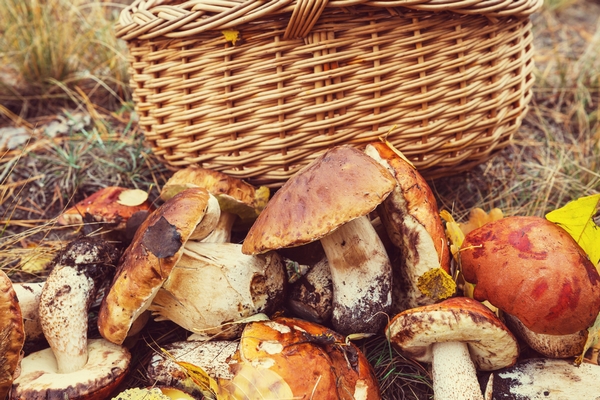
What Countries are the Best for Mushroom Hunting?
With over 10,000 different species of mushrooms, the United States is a prime location for mushroom hunting. However, various countries offer unique opportunities for this activity. From Japan’s ancient forests to New Zealand’s lush landscapes, there is a diverse range of options for a fungi-filled adventure. United States Exploring the United States for prime mushroom-hunting…
-
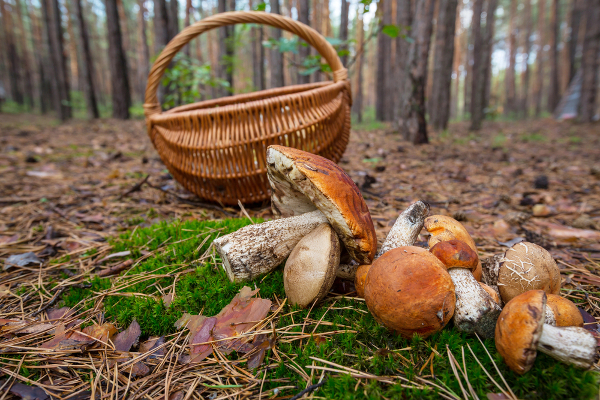
Can Kids Benefit From Mushroom Hunting?
Going on a mushroom hunt with your kids is like finding hidden treasures in the forest. It offers more than just foraging – it can shape young minds in unexpected ways. Enhancing Observation Skills Engaging in mushroom hunting helps children sharpen their observation skills by actively searching for different fungi in their natural habitats. Immersing…
-
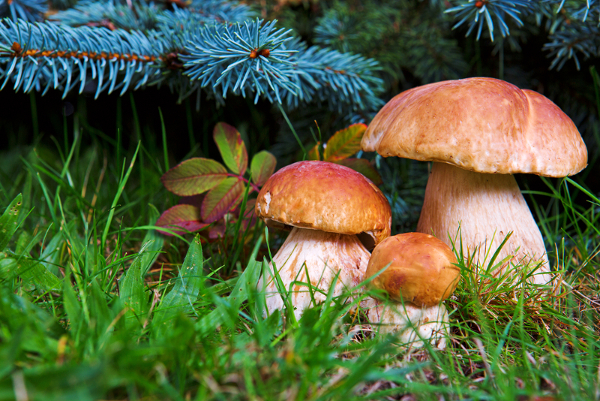
Is Mushroom Hunting Legal?
Mushroom hunting represents a fascinating intersection of recreational outdoor activity and legal complexity. While the practice has ancient roots and remains popular worldwide, its legality in modern times varies significantly depending on location, purpose, and specific regulations. From national forests requiring permits to private lands demanding explicit permission, foragers must navigate a web of rules…
